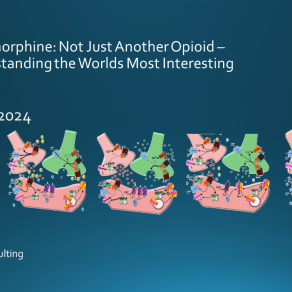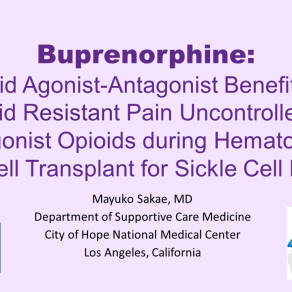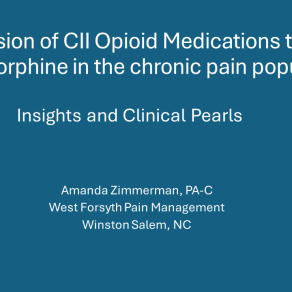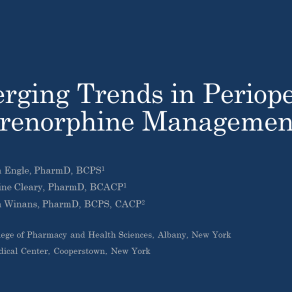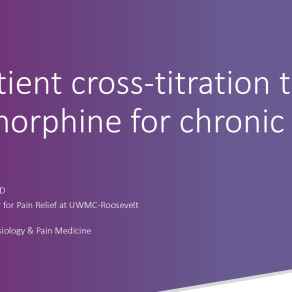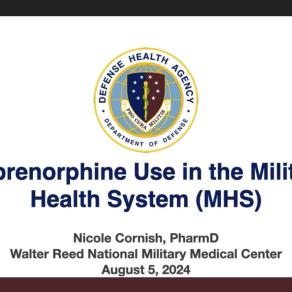Buprenorphine: Not Just Another Opioid – Understanding the World’s Most Interesting Opioid
Andrea Rubinstein, MD
In this talk we will delve deep into the pharmacology of this drug and how its receptor interactions are unique and then we will take that understanding and apply it to clinical usage to see how this drug behaves in a variety of situations.
Buprenorphine has recently been recommended by the Department of Veterans Affairs and the Department of Defense for use in place of traditional, full agonist opioids. Because of this shift in the recommendations, it is vitally important that providers fully understand this drug. There remains a lot of misconceptions and misunderstanding about how this drug works and this talk aims to address this.
Specifically we will look at the safety profile of this drug, including it’s ceiling effect on respiratory depression. Then we will look at efficacy, how well does this drug work in the treatment of pain. We will look at analgesia, tolerance and anti-hyperalgesic properties of buprenorphine. We will discus why this drug is so versatile anyhow versatility is a key asset when it comes to using buprenorphine for the treatment of pain.
The last section of this talk will look at the specific area of preoperative use of buprenorphine and why buprenorphine should be continued throughout the preoperative period.
CME and CPE credits are available for this presentation.
Presentation Slide Handouts: Click Here for Presentation Handouts

